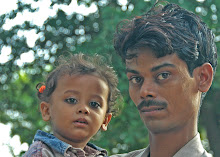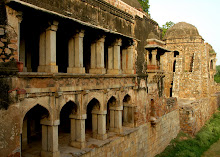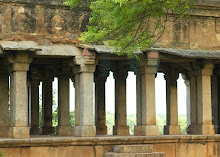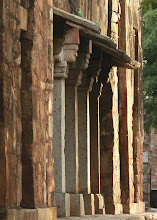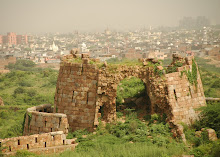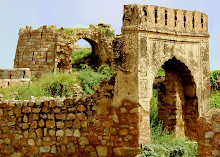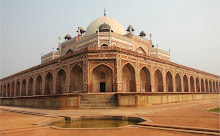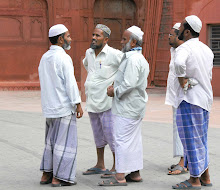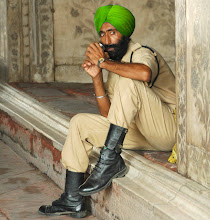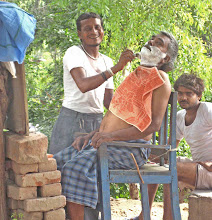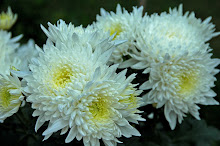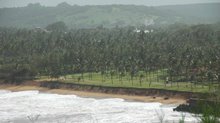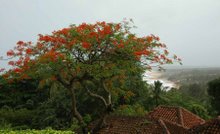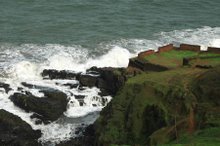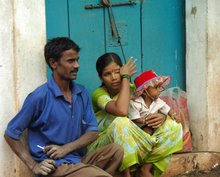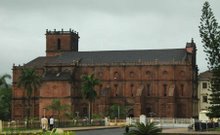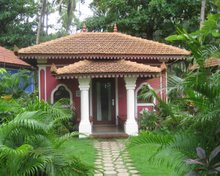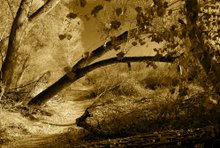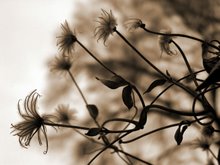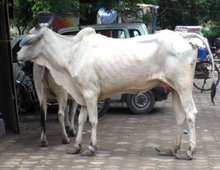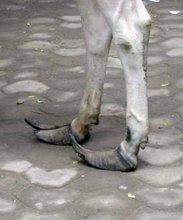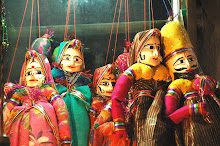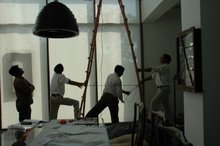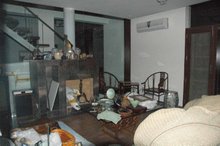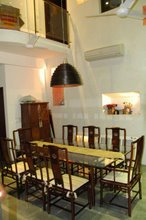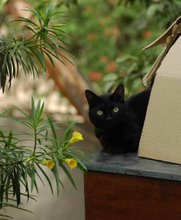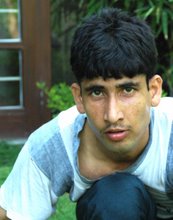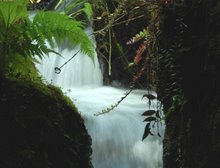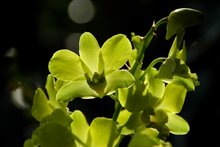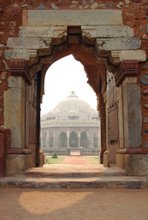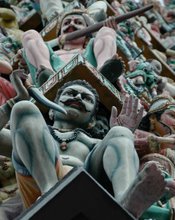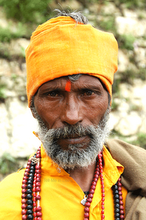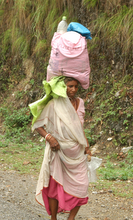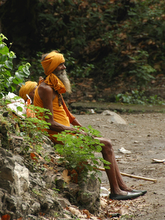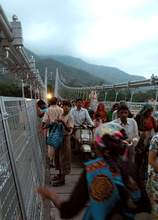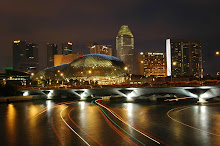The sky was dusky and the day was not ready to begin. It was 5:30 a.m. when I opened the white metal gate leading to Siri Fort in Hauz Khas. Our first assignment from Sharma Sir was to photograph monuments. Siddarth, a long-haired twenty-two year old from my class organized a photo shoot for a small group of five or six. Three fell by the wayside, defeated by the challenge of waking up at the ungodly hour of 4:30 a.m. As enthusiastic photographers, Siddharth, Rahul, and I were ready to make the sacrifice to see the world in the early morning light.
Only a few outer walls remain of Siri, the city built in 1303 by Sultan Alauddin Khilji. The south Delhi neighborhood of Hauz Kaus (royal tank) gets its name from the tank excavated to supply water to Siri. Fifty years later, Firoz Shah Tughlaq repaired the tank and established a madarsa (college) on its banks. Today it is difficult to imagine the layout of the buildings of this madarsa. It helps to understand that medieval Islamic education was centered around small group discussions while sitting on the floor. The long pillared halls were perhaps lecture rooms and the small cells were assigned to the holy men.
The early morning hour shows me a Delhi I have not seen before. In the stillness of the madarsa garden, parrots and peacocks gather freely, seeking their morning meal. Pigeons cover the domed roofs. An elderly man dressed in white walks slowly for his morning exercise. Men with their Muslim caps congregate facing the reservoir. As the sun rises, the Neem trees create wondrous gentle shadows for our photographs. The walls are a rich red: 700 years have not dulled the earth used to build this madarsa. A slight breeze passes the open pillared halls. Balconies jut out allowing a view of the reservoir. Without the heat of the day, it is pure pleasure walking through this awe-inspiring monument. We have the madarsa almost to ourselves; we are free to roam the grounds and take our photographs not having to contend with the crowds who were still blissfully asleep.
After 160 photographs, (thank goodness for digital technology!) we continue to the eerie remains of the sprawling Tughlaqabad Fort. Built by Sultan Ghiyasuddin Tughlaq in 1321 and once an impregnable city, the fort stands on a high outcrop of rocks, with walls which reach over 27 meters in places, stretching across a perimeter of almost 6.5 km. It is vast and awesome, a testament to the glory of her past. According to local legend, while travelling with the Khilji Sultan, in whose army he was a commander, Ghiyasuddin said, 'O Master, it would be fitting if a city is built here.' the sultan mockingly replied, 'When you become king, build it.' Later, Tughlaq seized the throne and erected this architectural testimony of his power on the rocky hills, from where he could watch the fading horizons of the plains of Delhi.
The three of us explore the fort together, fearful we would lose each other in her great expanse. At 8:30 a.m. the sun starts to heat up the day. Even the monkeys who roam the fort have sought refuge in the cooler recesses of the ruins. From a far corner, there is prayerful chanting. The emptiness of this immense fort is haunting even on a bright day.
In silent wonderment, I discover a new Delhi. It is no longer the dust and the heat, the crowds and the noise. It is stillness and greatness where vestiges of the past remind us that nothing is impossible. The fortitude and courage of India's geniuses have given us these staggering monuments built from India's earth, with bare Indian hands. How humbling to realize that before our age of technology, there was pure greatness. In the early morning light, without the distraction of crowds, with the privacy of stillness, my camera allowed me to see the jewel that Delhi is.
Monday, August 20, 2007
Subscribe to:
Posts (Atom)

























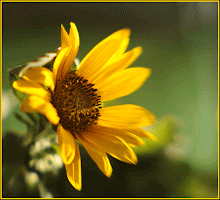













































































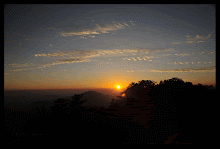

















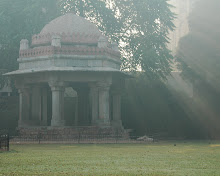
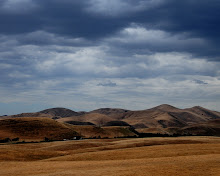
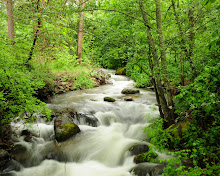
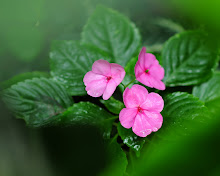

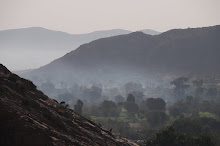
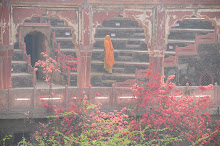












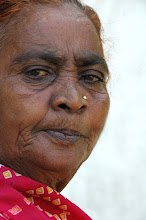














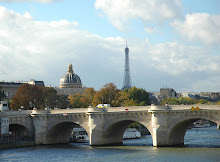
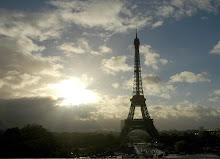
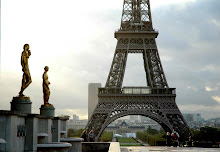
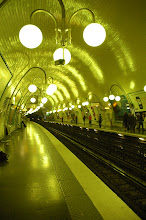



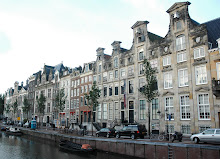
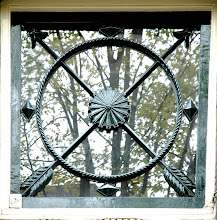
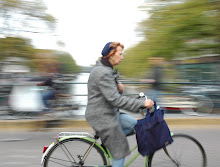
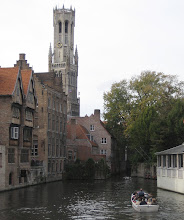
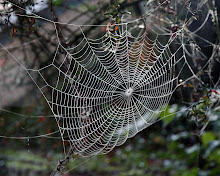


































































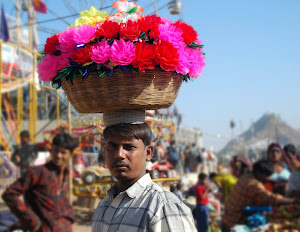


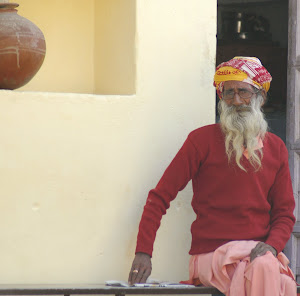

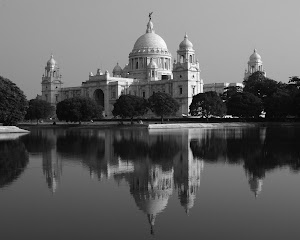

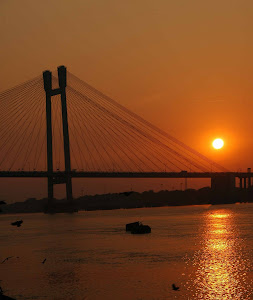




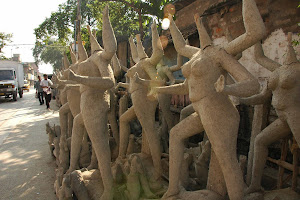
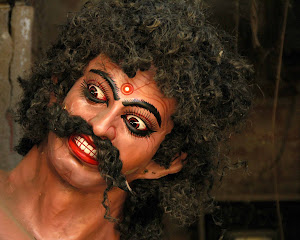

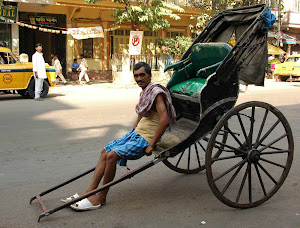


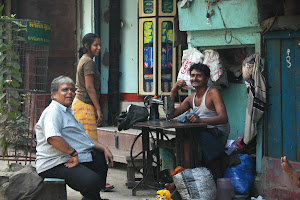
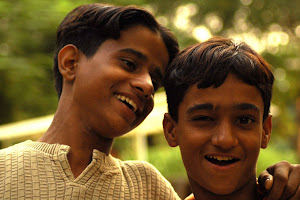


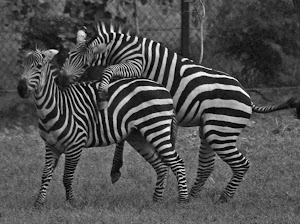

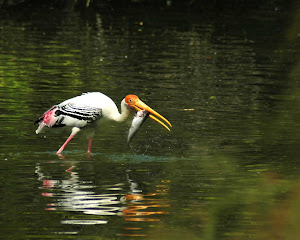

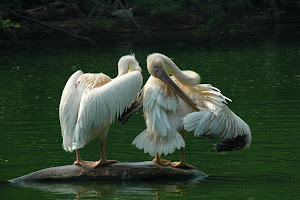

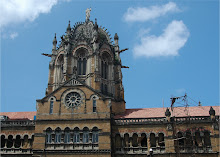
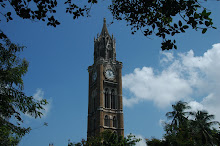
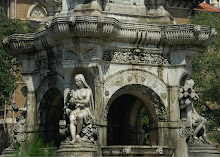
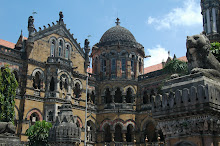
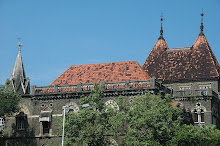


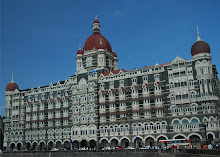





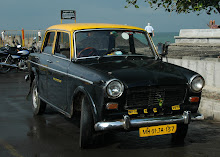




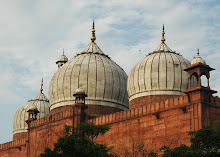
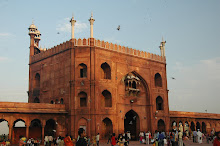
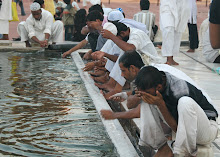
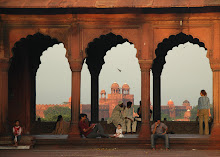

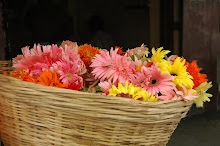
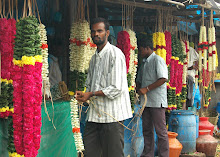
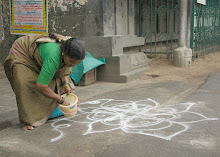
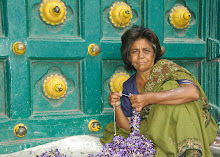
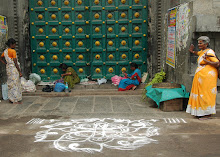
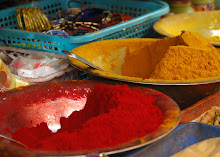
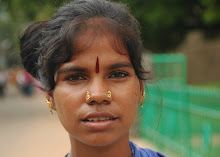
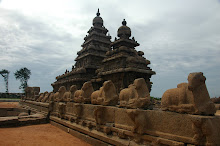
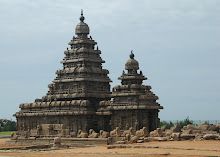
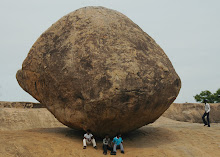
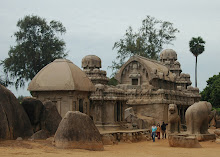

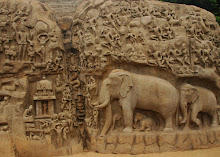
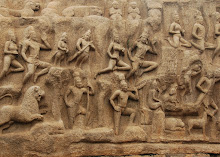
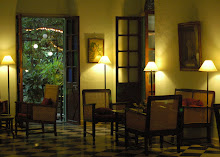
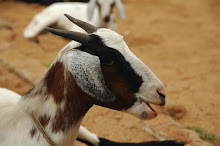
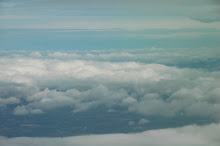
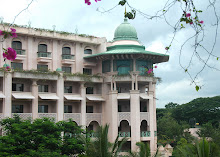


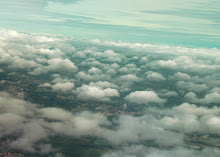

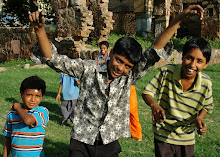

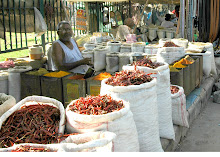+DSC_7019.jpg)
